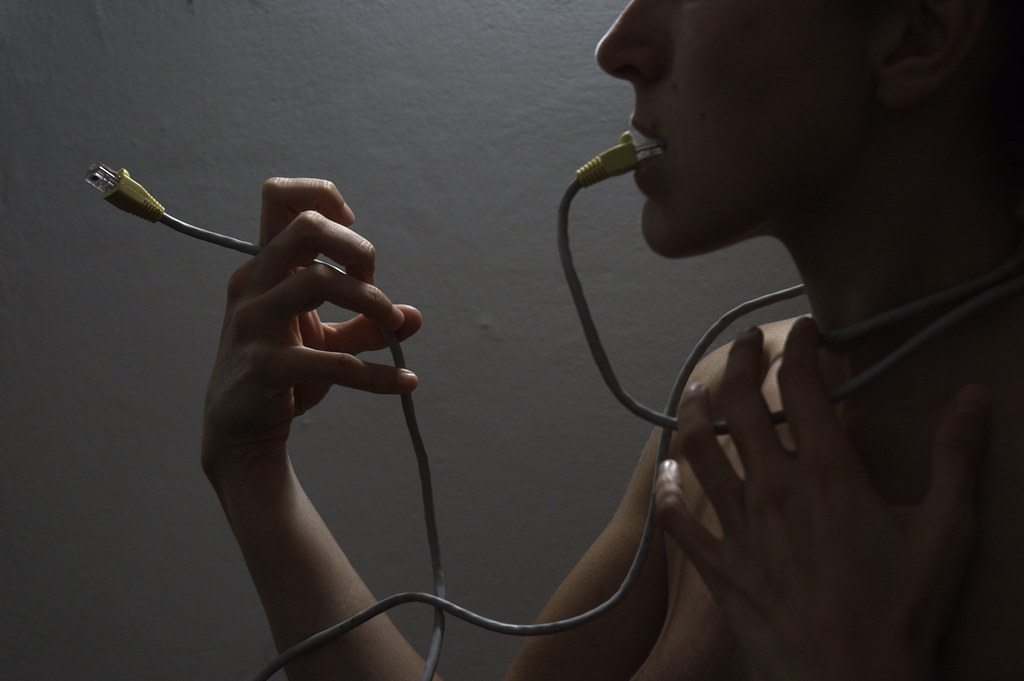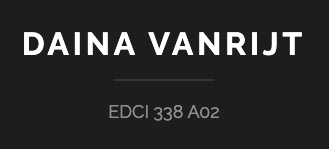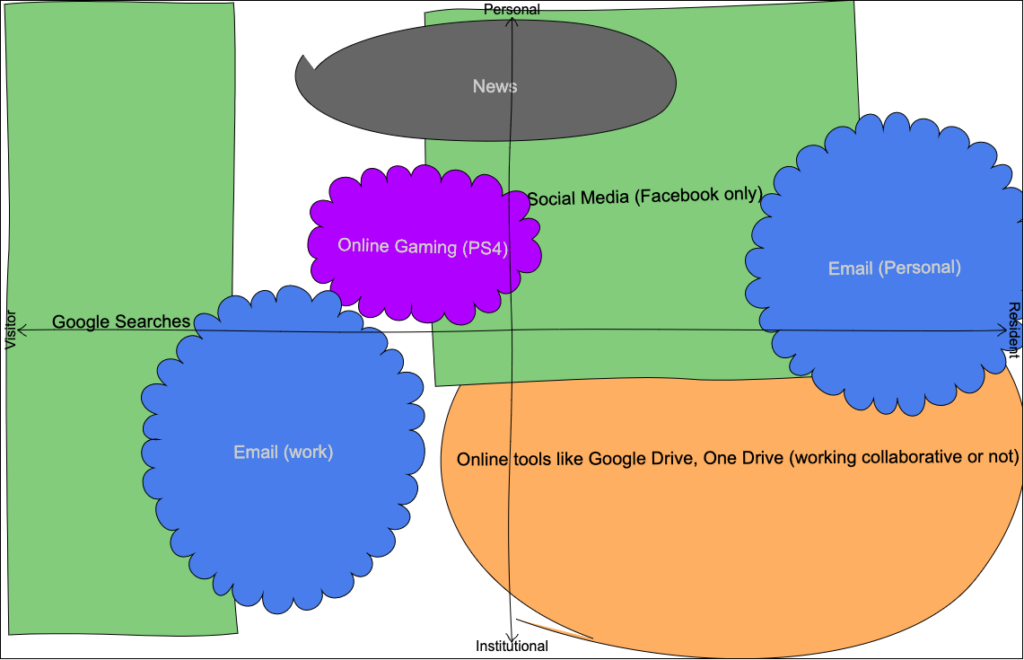What are the benefits of a diverse and inclusive PLN? How and when do we consider our audiences and how we adapt our messages to meet them?
How does social media engage communications?
Engagement requires initiative. In other words, one must act to accomplish a goal and complete a task, and that act — and the sincerity/integrity of our efforts to do so — is a measure of our engagement. This week’s guest speaker and discussion was thought provoking, and has me reflecting on how one might gain momentum for positive change or growth in their life via their PLN.

In order to promote a viewpoint and gain a following on social media, Markiel Simpson points out that “figuring out what [one’s] voice is and [also] figuring out what [one’s] niche is …” is the first step (EDCI – 338 MARKIEL SIMPSON, 2021). He then discussed the importance of establishing a consistent approach on social media platforms, to gain momentum and grow awareness. For example, consistent hashtags can be effective to link shared content amongst a wide variety of users. While appealing to and then drawing in others to the message, it is important to pass on these same strategies so that the awareness can quickly grow along with the movement. “[We] are the expert[s] of [our] own lived experience […]” which we must honour and apply to our practice and our message so that others may follow that example.
EDCI – 338 MARKIEL SIMPSON. (2021, June 2). [Video]. YouTube. https://www.youtube.com/watch?v=rsoDHGaXNNs
“What unites such diverse, multiplatform projects? People come in as participants and leave recognizing themselves as members of a public— a group of people commonly affected by an issue, whatever their differences about how to resolve it. These projects have provided a platform for people to meet, learn, exchange information, and discuss solutions. They have found each other and exchanged information on an issue in which they all see themselves as having a stake. In some cases, they take action based on this transformative act of communication.”
Pooley, J., Taub-Pervizpour, L., & Sue Curry Jansen. (2013). Media and social justice. Palgrave Macmillan.
How does social media challenge communications?
Social media communication can be impersonal, having typically removed the face-to-face element of the exchange. While platforms like Zoom and Facetime may alleviate this while offering real-time images of those we are talking with, there really is no replacing face-to-face interaction. Participants can engage and witness the variety of communication that takes place through body language and even touch in the real world, and often lends itself to cues of sincerity.
In my opinion, social media communications are often missing a very human component, which is inherently bound by the content of the message — as opposed to the integrity and intention of the messenger.
Is social media inclusive?
This depends entirely on which social media platforms one chooses to use. Not all platforms are created for the same purpose and most are controlled by stakeholders with a “bottom line” decision making framework — which always places a higher value on profit over the end user. These social media companies are not yet controlled well enough by regulatory bodies and society is slowly becoming more aware of the negative impacts of unfettered social media growth and access.
“If we are going to have media for vibrant democratic culture, we have to plan for it, try it out, show people that it matters, and build new constituencies to invest in it.”
POOLEY, J., TAUB-PERVIZPOUR, L., & SUE CURRY JANSEN. (2013). MEDIA AND SOCIAL JUSTICE. PALGRAVE MACMILLAN.
Does your PLN amplify the views of others?
I have been less and less active on social media in terms of sharing thoughts about my day, as I am currently focusing on completing my program and my professional work, while also making sure to spend time with my family. The time I am currently spending on social media is more related to my own personal growth as a mother and how to support my son’s development within our local community. In this sense, my PLN likely amplifies the views of local mothers and where to find affordable family resources as I am sharing, liking, and tagging a lot these kinds of posts. Instagram and Facebook are becoming my platforms for this kind of PLN growth.
How do employer policies impact our social media communication expectations?
As an educator, employer policies greatly impact my social media communications and expectations. I must always be aware of my role as a professional caregiver and educator within the community and behave accordingly while sharing and communicating within that capacity while online. There are repercussions and consequences in life for poor decision making, and this is true in the digital world as well.





Recent Comments